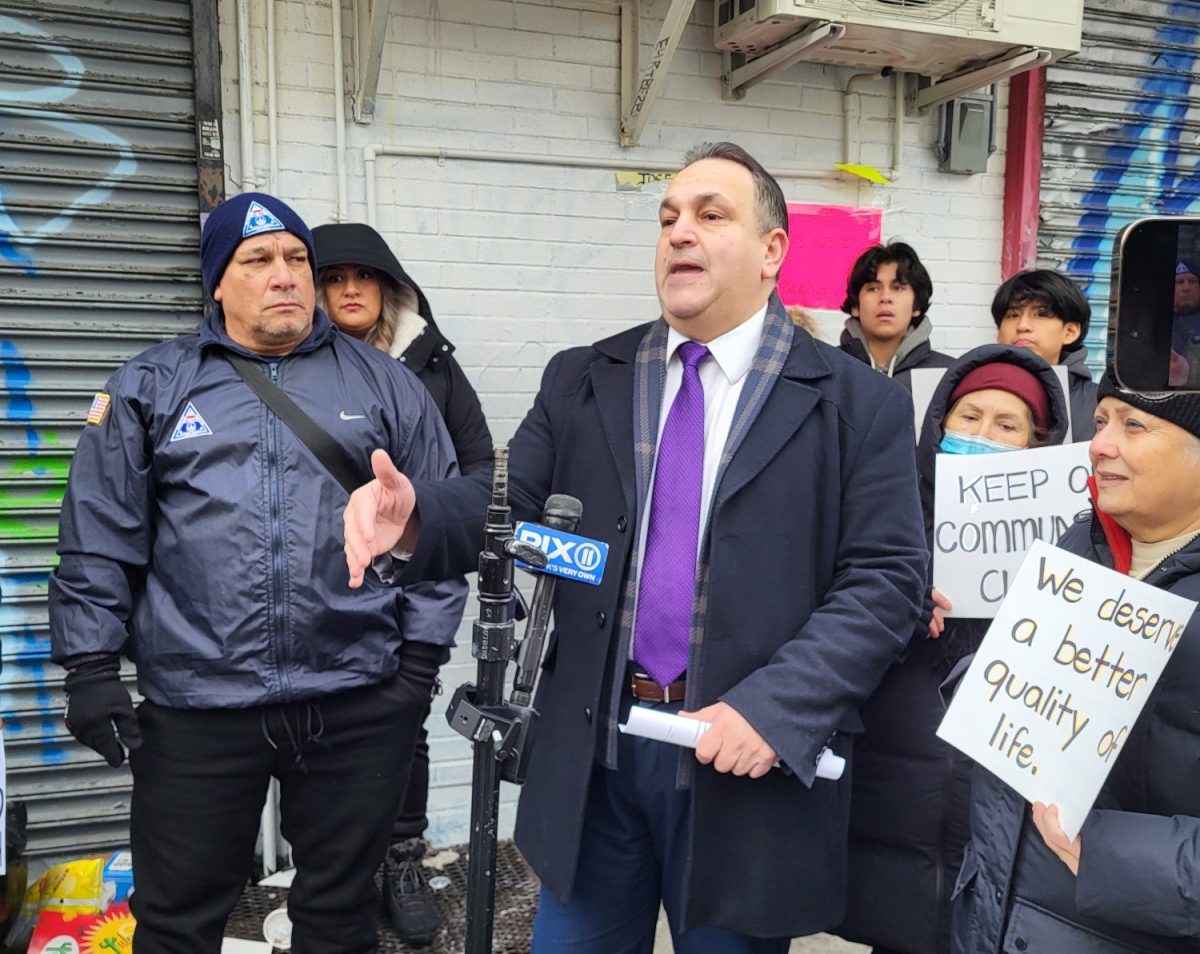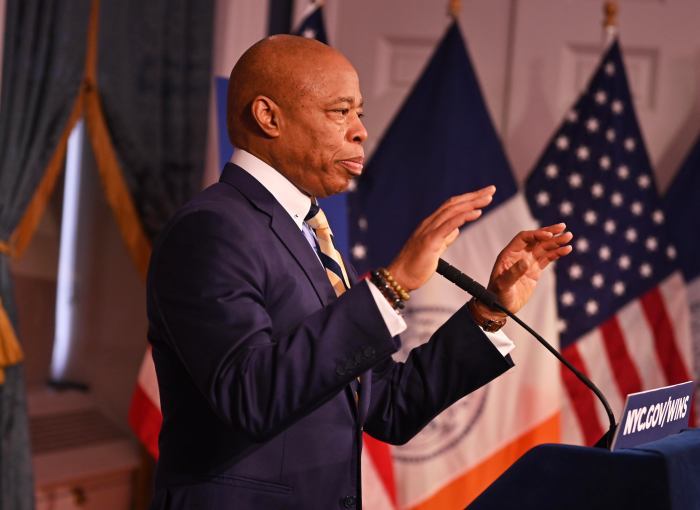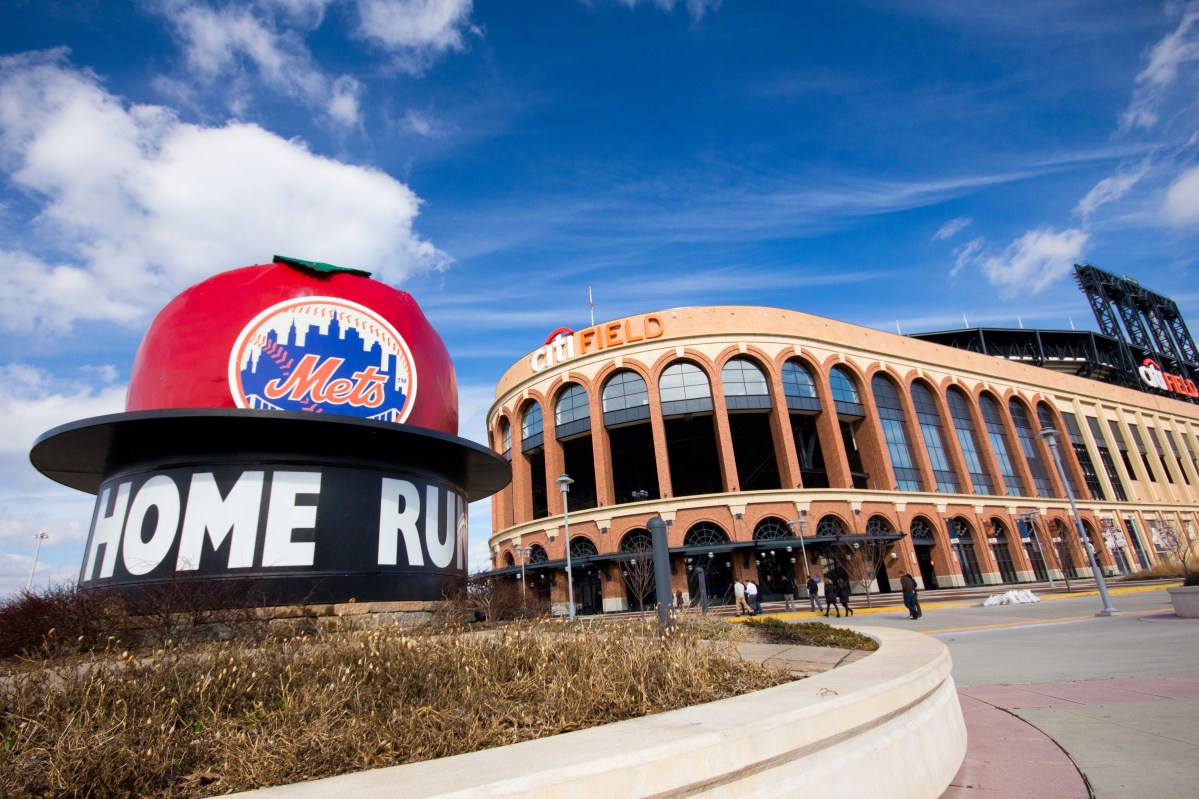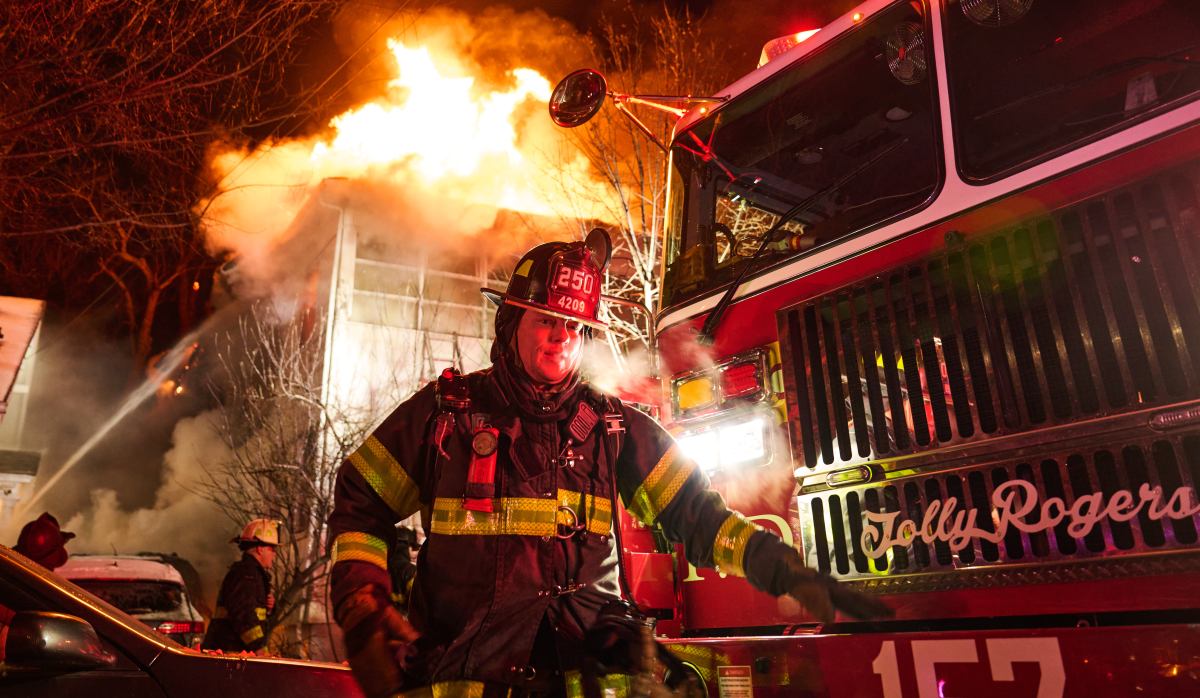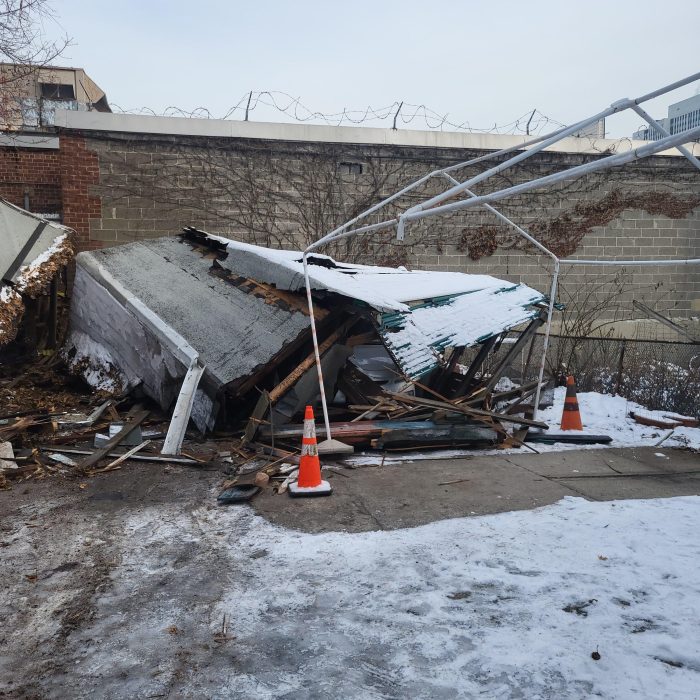
The city’s largest buildings reduced carbon emissions by 14 percent and energy use by 10 percent between 2010 and 2015, a new report found.
The “Greener, Greater Buildings Plan,” which recorded the energy and water use of 4,200 buildings in Manhattan, outlined the importance of ensuring energy efficiency in the city’s building sector, according to the report by the mayor’s office, the Urban Green Council and NYU’s Center for Urban Science and Progress.
“New Yorkers experienced the future of our climate with superstorm Sandy. And that’s one reason why everyone who lives here does their part where it counts most — in our buildings,” Russell Unger, executive director of the Urban Green Council, said in an emailed statement. “Our report shows the city has taken a real bite out of its carbon emissions, and also that we’ll need to move faster to achieve 80×50.”
City officials committed to the 80×50 initiative in September 2014. By 2050, they hope to reduce carbon emission levels recorded in 2005 by 80 percent, according to the Mayor’s Office of Sustainability.
To achieve that goal, building owners will need to look past the already optimized electricity grid that got them this far. The group asserts that more focus will need to be put on heating and cooling systems to maintain consistent efficiency numbers in the future.
The report showed, for example, that even though centrally air-conditioned buildings were more efficient in cooling than those employing individual units, they used more electricity. As “the data on cooling shows that occupant control trumps efficiency,” Unger maintains that New Yorkers have an important part to play in achieving 80×50.
Furthermore, hot water uses 15 percent of energy in apartments, which is why New Yorkers need to try to beat the national 8-minute-long shower average, he added.
In September, Mayor Bill de Blasio unveiled a plan aimed at saving $8.5 billion in energy costs and creating 3,500 jobs in construction and energy services. The initiative also targeted private building owners to incentivize them to meet energy efficiency targets, so as to protect low-income residents from having to pay higher fees.
“This sets the stage for even more dramatic reductions that will be achieved through mandatory retrofits for the largest, most polluting buildings across the five boroughs,” de Blasio said in a statement. “When [President Donald] Trump pulled out of the Paris Agreement, we knew we had to accelerate our local climate actions, and that’s exactly what’s happening.”
Soon after Trump pulled the U.S. out of the Paris climate accord, former Mayor Michael Bloomberg and California Gov. Jerry Brown launched America’s Pledge, an initiative to document and further climate ambitions of cities, states and businesses in the country, irrespective of the federal government’s actions, according to Bloomberg Philanthropies.
De Blasio also began the 1.5°C plan, named after the Paris accord’s aim to limit the increase in global temperature by 1.5 degrees Celsius — a plan that would remove 10 million metric tons of carbon dioxide from the city by 2030.
A recent announcement by Environmental Protection Agency Administrator Scott Pruitt, who vowed to withdraw the Clean Power Plan, also sparked passionate responses from the city’s environmental advocates. Bloomberg vowed to uphold the Obama-era initiative by pledging $64 million to Sierra Club’s Beyond Coal campaign, which plans to help U.S. energy markets move away from coal-fired plants and the resulting pollution, according to Bloomberg Philanthropies.
In reaction to Pruitt’s announcement, de Blasio renewed his promise that New York City would remain a leader in preserving the world for future generations.



